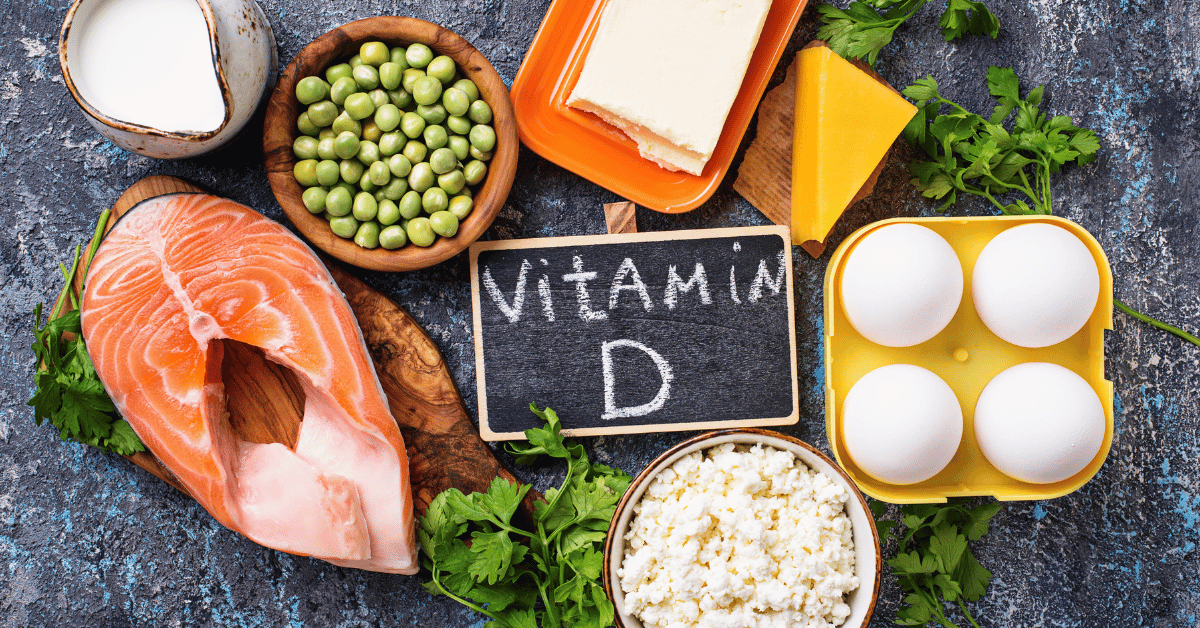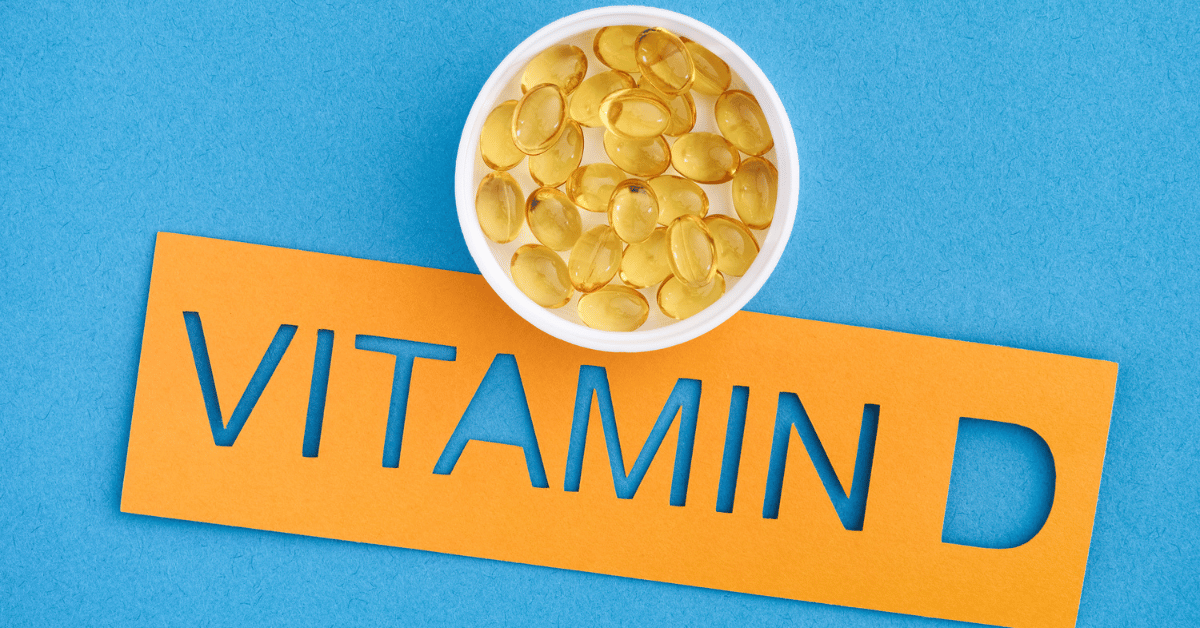Vitamin D plays a vital role in bone strength, immune function, and overall well-being. However, Vitamin D deficiency has become surprisingly common, especially among urban populations and indoor workers. If ignored, it can silently lead to fatigue, bone pain, weakened immunity, and more serious long-term issues. Let’s explore what causes this deficiency, how to get Vitamin D naturally through sunlight, and the best time and method to take supplements if needed.
🌥️ Why Is Vitamin D Deficiency So Common?
Despite living in a sunny country like India, many people still suffer from low Vitamin D levels. Here’s why:
- Lack of Sun Exposure: Modern lifestyles keep people indoors for long hours, reducing natural sun exposure which is essential for Vitamin D synthesis in the skin.
- Use of Sunscreen: While sunscreen protects the skin from UV damage, it also blocks the UVB rays needed to produce Vitamin D.
- Skin Tone Matters: Darker skin produces less Vitamin D due to higher melanin content, which acts as a natural sunscreen.
- Poor Diet: Few foods naturally contain Vitamin D, and vegetarian or low-fat diets may lack this nutrient.
- Health Conditions: Digestive disorders (like IBS, Crohn’s), obesity, and kidney or liver problems can interfere with Vitamin D absorption.

☀️ How Much Sunlight Do You Really Need?
Sunlight is the best and most natural source of Vitamin D. However, the timing, duration, and body area exposed all influence how much Vitamin D your body produces.
- Best Time for Vitamin D Synthesis: Mid-morning between 10 AM and 12 PM is ideal. Avoid harsh afternoon sun.
- Minimum Exposure: Just 15 to 30 minutes, 3 to 4 times per week, exposing face, arms, and legs without sunscreen is usually sufficient.
- Avoid Glass: Sunlight through windows doesn’t help; UVB rays don’t penetrate glass.
🌐 Learn more: Best Foods to Boost Immunity Naturally (Backed by Science)
💊 When and How to Take Vitamin D Supplements
If your doctor recommends supplements, follow these guidelines:
- Right Time to Take: Vitamin D is fat-soluble, so it should be taken after a meal that contains healthy fats, like lunch or breakfast with ghee, eggs, or nuts.
- Daily or Weekly?: Depending on the deficiency, doctors may prescribe daily (like 1000 IU) or weekly high-dose capsules (like 60,000 IU).
- With Calcium?: If you’re taking calcium too, space it out—don’t take both at the exact same time, unless directed by a healthcare provider.
🥗 Natural Food Sources Rich in Vitamin D
Though limited, some foods naturally contain Vitamin D:
- Egg yolks
- Fortified milk, orange juice, or cereals
- Mushrooms exposed to sunlight
- Fatty fish like salmon, sardines, and tuna
👉 Related: Harnessing Nature’s Defenses: Powerful Foods That Naturally Combat Infections
⚠️ Early Symptoms of Vitamin D Deficiency
Vitamin D deficiency often goes unnoticed. But watch out for these warning signs:
- Frequent colds or infections
- Chronic fatigue or low mood
- Muscle weakness or cramps
- Bone pain, especially in the lower back
- Hair thinning or loss
✅ Final Takeaway
Vitamin D may be a “sunshine vitamin,” but deficiency in it is a dark health risk if ignored. By spending just a few minutes in the right sunlight, improving your diet, and taking supplements when needed, you can protect your bones, immunity, and energy levels.
Take your health into your hands—step out, soak in the sun, and stay informed.
📌 For more natural health tips, visit: kitchenmadehealth.com
🔗 Related Articles You’ll Find Helpful
Harnessing Nature’s Defenses: Powerful Foods That Naturally Combat Infections
Power-Packed Fruits for Immunity and Energy: Fuel Your Day, Starting on an Empty Stomach
Nourishing Your Weight Loss Journey: Natural Ways to Boost Progress and Why It Matters



